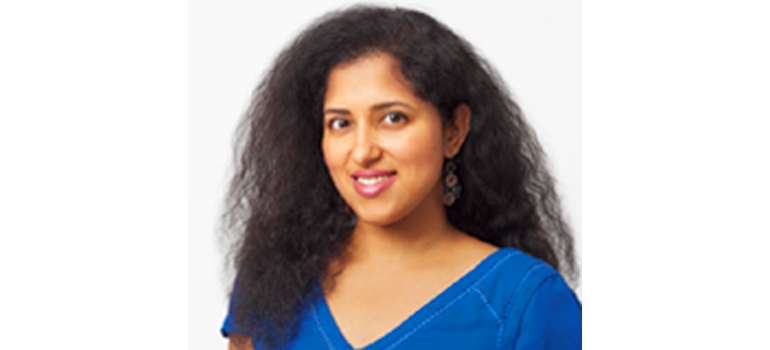
Large language models are all the buzz today, thanks to ChatGPT and IITM Distinguished Alumna Vidhya Srinivasan is in the thick of it, as VP & GM of advertising at Google. Large language models (LLMs), she says, have allowed the move from syntax to semantics, enabling a far better understanding of users.
Vidhya loves lighting fixtures, and if she were looking for modern lighting in copper, and types that into Google search, a few years ago, the system would have a “syntax forward” approach, wherein it would look for those keywords – modern, lighting, copper. “But with our large language models, we’re able to move to semantics. The models can actually understand what it means for a lighting to be modern and in copper colour. And it will give me appropriate results even if they don’t have any of those words in it. It’s very similar to the way we as people understand the world. When you look at an object and you look at something else, you automatically understand what’s similar between the two,” she says.
These concepts are now being used in advertising. LLMs can do a very good job of figuring out what users want when they type in something, they know which set of ads to pull up to show the person, they can make sure the creatives shown have exactly the images and text relevant to the user. “And then you have to make sure enough people click on the ads, and figure out what’s effective, because the advertiser wants return on investment. Even here, LLMs play a big role,” Vidhya says.
Google, she says, has spent a lot of effort and investments in improving processing speed for these kinds of deep learning models. “We have specialised hardware, we’ve made incredible progress in orchestration, protocols, and things like that. And just in the last few years, there’s been a 10x improvement in processing speed, which means all of these models can train that much faster, and can get effective very fast,” she says.
Vidhya grew up in Chennai, in a family of engineers. She loved science and maths, and got into the computer science course at IIT Madras, where she was the only woman in the class. “I had to quickly develop an ease with forging my own path in a male dominated environment. This skillset – proactively partnering with my male counterparts versus waiting to be invited – serves me well even today,” she says.
Vidhya went on to do an MS from Georgia Institute of Technology, US, and worked at IBM and Amazon Web Services, before joining Google in 2019. “It was all enterprise-focused until AWS. And when I got this opportunity with Google to work on ads, it was super exciting, the consumer nature of it, the impact I could make because it’s just such a scaled platform,” she says.
Her teams in India are involved in building machine learning models, especially those on the ad conversion side (those generating a user response). Conversions, Vidhya says, go up by about 13% on average when Google’s automation tools, built on LLMs, are used.
Original News Link
https://brandequity.economictimes.indiatimes.com/news/advertising/how-large-language-models-are-making-ads-more-effective/99481592